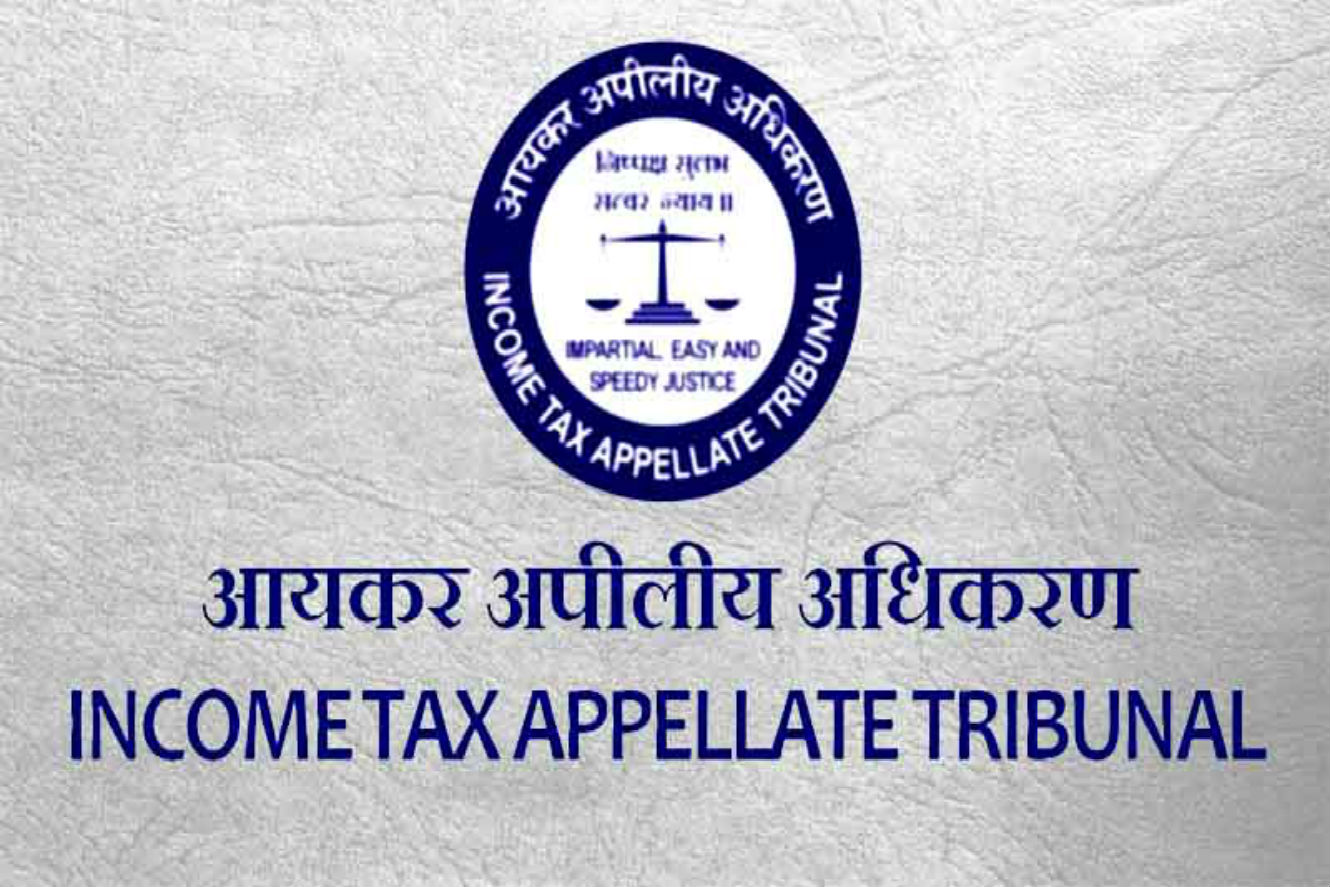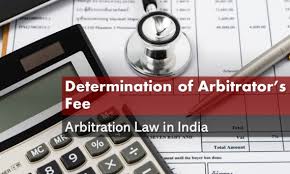K.M. Joseph, J.@mdashThe question that falls for decision in this case is the true scope of Explanation 5 to Section 8(f) of the Kerala Value Added Tax Act, 2003 which reads as follows:
Explanation 5.-Where a dealer opens a new branch in the current year, the additional compounded tax payable under this clause in respect of such branch shall be the average of the tax payable by him in respect of his principal place of business and all branches. Such dealers will be permitted to continue to pay compounded tax under this clause even if they do not opt for paying tax under this clause for the new branch.
2. Section 8(1) stands substituted with effect from April 1, 2008. According to the petitioner, the said Explanation is inapplicable to the petitioner. In order to appreciate the contentions of the petitioner it is necessary to advert to the following facts:
The petitioner is a registered dealer in gold and silver ornaments under the KVAT Act (hereinafter referred to as, "the Act"). It has its head office at Alappuzha and has two branches, one at Kollam and another at Thrissur. For the assessment years 2006-07 and 2007-08, the petitioner applied for and was granted permission to pay tax at compounded rate u/s 8(f) of the Act as evident from exhibits P1 and P2. The branch of the petitioner at Thrissur did not opt for compounding for the years 2005-06, 2006-07 and 2007-08. They opted for regular assessment and have paid tax. Exhibits P3, P4 and P5 are the copies of the returns filed by the branch at Thrissur for the assessment years 2005-06, 2006-07 and 2007-08. The petitioner, for the head office and both the branches at Kollam and Thrissur, filed an application for permission to opt for payment of tax u/s 8 of the Act, i.e., at compounded rates for the assessment year 2008-09 vide exhibit P6. Exhibit P7 is the order dated May 6, 2008 permitting the petitioner to pay tax at compounded rate in a sum of Rs. 54,06,554. The petitioner sought clarification as to how the figure is arrived at, vide exhibit P8. That came to be responded by the first respondent vide exhibit P9. The petitioner challenges exhibits P7 and P9. In exhibit P9, reference is made to Explanation 5 to Section 8(f). In other words, the view taken is that the compounded tax due for a new branch will be fixed at the average tax payable for the other branches in terms of the Explanation 5 to Section 8(f) of the Finance Bill, 2008 and the compounded tax paid for Kollam and Alappuzha for the assessment year 2007-08 was taken as the base year and the average tax due for Thrissur branch was calculated at 50 per cent of the tax due for the other two branches and tax at the rate of 115 per cent has been fixed as due for the year 2008-09. It is on this basis, that the calculation in exhibit P7 is sought to be justified.
3. A counter-affidavit has been filed on behalf of the first respondent. Reference is made in the counter-affidavit to circular No. 42/2006. It is, inter alia, stated therein as follows:
In case of a branch opened by a dealer after March 31, 2005, who has opted to pay tax as in items 1 and 11 above the tax payable for the new branch will be worked out as in Sub-clauses (1) and (11) based on the figure used for computing the tax liability by taking the average of the tax paid or payable for the principal place of business and other branches as if the new branch had not been opened. Since M/s. Bhima had started the branch after March 31, 2005 and they have not opted for compounding earlier for the new branch started after March 31, 2005, the circular direction is specific and clear that the tax payable for the branch will be worked out by taking the average of the tax paid or payable for the principal place of business and other branches as if the new branch had not been opened.
4. The petitioner has opted to pay tax at compounded rate for the Thrissur branch for the year 2008-09. The Thrissur branch started functioning during 2005-06. Under the Finance Act, 2008, a dealer who opts for payment of tax u/s 8 of the Act is liable to pay tax for all their branches at compounded rate. It is stated in the counter-affidavit that the Finance Act has reduced the highest tax payable by the dealer to 150 per cent from 200 per cent for a period of 12 months during any of the preceding three years. It is the further case of the respondent that no circular contrary to the circular No. 42/06 has been issued and that the compounded tax is calculated treating the branch as a new unit on the basis of circular No. 42/06.
5. A reply affidavit is filed essentially reiterating the stand and also producing exhibit P13 which is the circular No. 42/06. It is the case of the petitioner that exhibit P13 circular is inapplicable for the assessment year 2008-09 and it is only relevant for the assessment year 2006-07.
6. I heard learned Counsel for the petitioner Sri Anil D. Nair and learned Government Pleader Sri C. K. Govindan.
7. Sri Anil D. Nair would submit that it is clear that exhibits P7 and P9 cannot be sustained. A perusal of Explanation 5 to Section 8(f) of the Act which has already been extracted in this judgment would show that it will be applicable only if a new branch is opened after April 1, 2008, he contends. In this case, he points out that the branch at Thrissur is opened in the year 2005. The branch at Thrissur did not opt for compounding in terms of the law prevalent in the assessment years prior to April 1, 2008. This was permitted and the branch filed returns u/s 6. It is only the head office at Alappuzha and the branch at Kollam which were the subject-matter of the application for compounding and which stood allowed. He would further invite my attention to the terms of the circular which is apparently the basis of exhibits P7 and P9. The circular reads, inter alia, as follows:
2. Dealers who had commenced business after September 30, 2006 will not be eligible to pay tax at compounded rate for the year 2006-07.
5. The compounded tax to be paid by such dealers for 2006-07 will be calculated as follows:
(i) At 200 per cent of the highest tax payable for a period of twelve months during any of the years 2003-04, 2004-05 or 2005-06.
(ii) At 400 per cent of the tax payable or paid for the year 2005-06 in the case of dealers who do not qualify for compounding as per Sub-clause (i) of Clause (f) of Section 8.
(iii) In the case of a dealer commencing business during the period from April 1, 2006 to September 30, 2006, the compounded tax per month shall be at 150 per cent of the average monthly tax paid or payable from the commencement of business till September 30, 2006.
(iv) In the case of a ''branch'' opened by a dealer after March 31, 2005, who has opted to pay tax as in item (i) and (ii) above, the tax payable for the new branch will be worked out as in Sub-clause (i) and (ii) based on the figures used for computing the tax liability, by taking the average of the tax paid or payable for the principal place of business and other branches, as if the new branch had not been opened.
6. Branches are treated as independent units for the purpose of compounding. So if need be, dealers are at liberty to opt out of compounding in respect of any branch and compound for the rest.
11. In respect of the dealers opting for compounding during 2006-07, the tax paid during the year shall be adjusted against the compounded tax liability fixed u/s 8(f) of the Kerala Value Added Tax Act.
12. The last date for filing application for compounding for the year 2006-07 will be November 30, 2006.
8. The circular in my view would appear to be inapplicable in respect of compounding for the assessment year 2008-09. In specific terms paragraph 5 of the circular refers to compounding tax to be paid for the year 2006-07. Of particular importance is paragraph 6 which countenances liberty for the dealers to opt out of compounding in respect of any branch. Paragraph 6 and the provisions applicable for compounding with effect from April 1, 2008 are irreconcilable and after April 1, 2008 it is not in dispute that compounding is possible only for all the branches. It is the inevitable result of the wording of Explanation 3 to Section 8(f) of the Act. Explanation 3 reads as follows:
Explanation 3. Dealers opting for payment of tax under this clause shall pay compounded tax in respect of all their branches existing in the year previous to the year in which the option relates.
9. This is a definite indication available from the circular that it cannot continue to govern the assessee from April 1, 2008 onwards as the circular, if placed side by side the statutory provision, can only perish in view of the conflict between them. That apart, even on the wording of Explanation 5,I would think that the stand taken by the respondent is unsustainable. The plain meaning of the words assumes primary significance in the task of interpretation of any statute sans ambiguity, manifest injustice or absurdity. Looking at the Explanation, it appears to me that Explanation 5 will be applicable only if the dealer opens a new branch in the current year. The words "open a new branch" cannot permit the respondent to apply the Explanation to a case where a branch was in existence from the year 2005 and to treat the same as opened in the current year for the only reason that compounding is sought for in respect of the said branch in the year 2008-09 for the first time is not contemplated. I would think that such an interpretation would be opposed to the plain meaning of the words embedded in the provision. Neither is the respondent in my view entitled to draw support from circular No. 42/06 for the reasons which I have already indicated. If that be so, exhibits ?7 and P9 are plainly unsustainable. Accordingly, I allow the writ petition and quash exhibits P7 and P9. A decision will be taken on exhibit P6 in accordance with law within one month from the date of receipt of a copy of this judgment. Till such decision is taken, the petitioner is permitted to pay the monthly compounded tax at the rate of Rs. 49,42,211.

